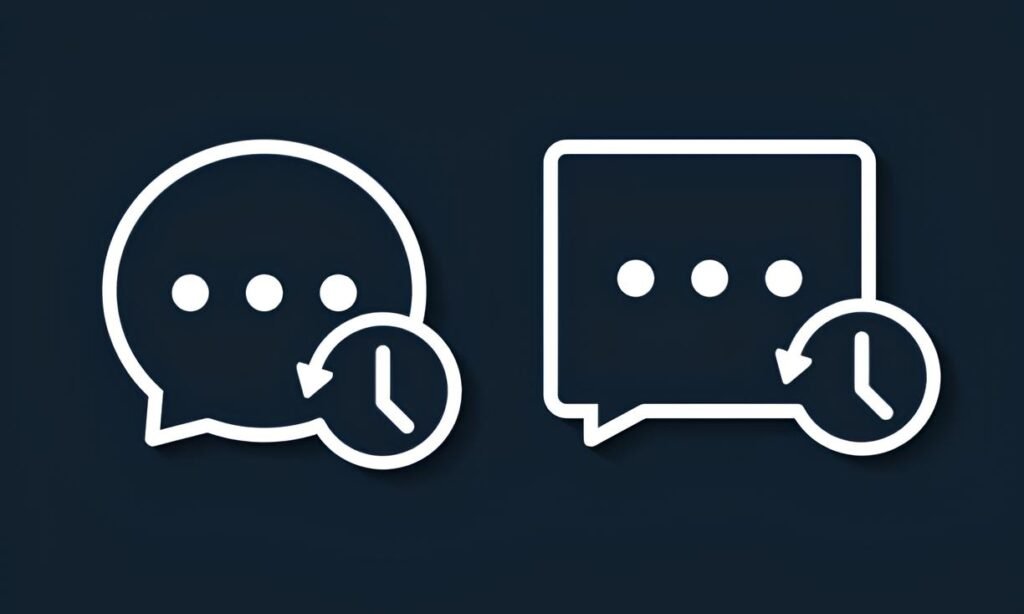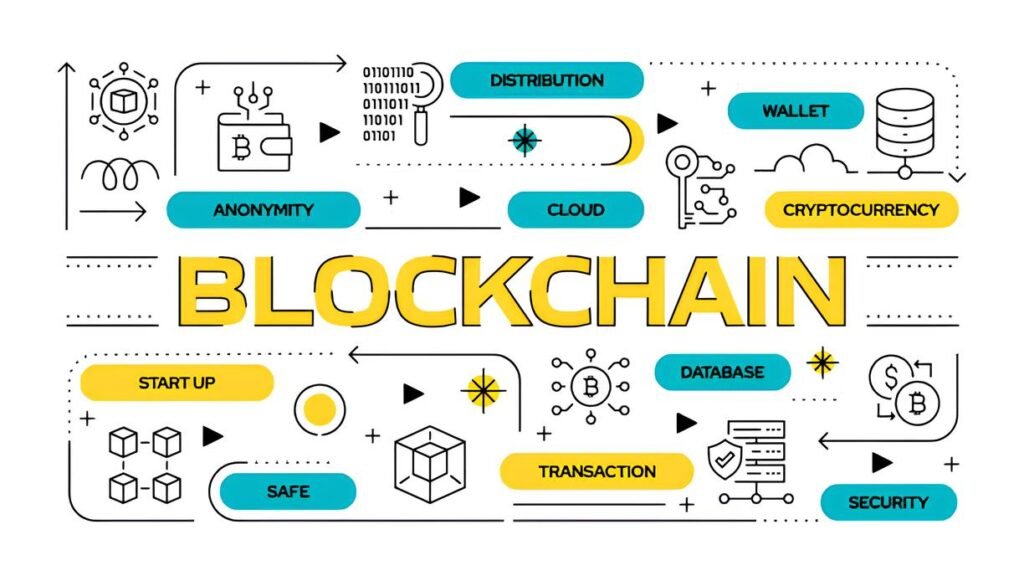Have you ever felt like no matter how cautious you are online, tiny details still give you away? Maybe it’s the subtle patterns in when you log on or the little time stamps embedded in your chat messages. When it comes to anonymous chats, especially on privacy-focused platforms, one of the sneakiest hazards isn’t your IP address or your choice of encryption—it’s your time zone.
Think about it: even if you’re masked behind layers of proxies and VPNs, the moment a chat reveals when you usually go online or how you timestamp your messages, it can serve as an invisible thread connecting your anonymous persona to real-world identities. This phenomenon, known as time zone leaks, can unravel weeks or months of careful anonymity without you realizing it.
In This Article
What Are Time Zone Leaks?
Simply put, a time zone leak occurs when information about your local time or time zone gets inadvertently exposed through the digital footprints you leave in chats or messages. This can be through message timestamps, typical activity windows, or metadata embedded in files and communications.
In privacy circles, time zone leaks are a form of side-channel data leakage. They don’t reveal your IP or location outright but provide subtle clues that, when pieced together with other data, can pinpoint your whereabouts or habits.
While this may seem like a minor detail, adversaries such as surveillance agencies, hackers, or even curious forum members can combine these leaks with other signals to identify or profile anonymous users.
Why Time Zone Leaks Matter in Anonymous Chat
Anonymous chat platforms rely heavily on the premise that users cannot be traced. But focusing only on IP masking and strong encryption neglects the many ways habits give us away.
Time zone leaks:
- Reduce Anonymity: Predictable active hours let observers link accounts or cross-reference other online behaviors.
- Enable Behavioral Profiling: Habitual login patterns create a behavioral signature as revealing as a fingerprint.
- Facilitate Cross-Platform Correlation: If your activity patterns on multiple platforms share timing markers, it’s easier to connect different personas.
In 2025, with AI-powered pattern analysis becoming mainstream, even minimal time zone clues can compromise privacy without traditional technical failures.
Common Sources of Time Zone Leaks
Before you can prevent time zone leaks, it’s important to understand how they slip through:
- Message Timestamps: Some chat clients automatically stamp messages with local time or convert times inconsistently, revealing your zone.
- Activity Patterns: Logging in, posting, or replying at consistent local times creates a recognizable rhythm.
- File Metadata: Uploaded images or documents may carry embedded time stamps according to your device’s clock.
- System Clock Discrepancies: Your operating system or app’s time settings—even without direct timestamps—may produce time-based anomalies observable by servers.
- Time-Sensitive Security Challenges: Captchas or 2FA prompts tied to your local time create timing leak opportunities.
Even if you rely on anonymous chat apps through Tor or VPNs, built-in timestamp features within the app may betray your true time zone unless carefully adjusted.
Strategies to Prevent Time Zone Revelations
How can privacy-conscious users effectively dodge this subtle yet potent threat? Several clever habits and technical approaches help block time zone leakage:
- Use UTC for Timestamps: Configure chat clients (if possible) to always display or send messages using Coordinated Universal Time (UTC) rather than local time zones.
- Randomize Activity Times: Deliberately shift your chat times away from your natural routine. Pick hours that don’t correlate with typical sleeping or working hours.
- Disable Automatic Timestamps: If clients allow, turn off timestamps on outgoing messages or replace them with manual time entries.
- Sanitize File Metadata: Before uploading attachments or images, run them through metadata scrubbing tools like MAT2 or ExifTool to wipe embedded date/time information.
- Synchronize Your System Clock Manually: Use a virtual machine or sandbox with a fixed, neutral system clock—ideally set to UTC.
- Use Privacy-Centric Chat Clients: Opt for apps designed to reduce or eliminate time-based data leaks, such as session-based messengers or those that support ephemeral messages without timestamps.
Tools and Practices for Anonymous Chat
Technology can be your best ally when trying to stay time zone anonymous. Some top tools and approaches include:
- Virtual Machines or Tails OS: Booting via Tails or other privacy-focused operating systems allows you to eliminate background OS time leaks and control time settings separately from your device.
- MAT2 (Metadata Anonymization Toolkit): A powerful command-line tool that strips metadata, including timestamps, from images, videos, PDFs, and documents. Perfect for sanitizing files before sharing.
- Using Tor-Friendly Chat Services: Some onion-based chat services and encrypted messengers prioritize minimal metadata and configurable timestamps to hide users’ timing signals. Research their settings carefully.
- Manual Clock Control in Browsers: Employ browser extensions or developer tools to simulate UTC or other spoofed time zones during anonymous chat sessions.
- Separate Identities and Time Slots: If juggling multiple anonymous personas, access them in distinct sessions with different time windows to avoid behavioral overlap.
If your chat tool is open source, check the source code or configuration for timestamp handling—some apps can be customized to suppress or format timestamps securely.
Real-World Examples of Time Zone Leaks
History offers several sobering cases of anonymity eroding due to timing clues alone. Consider “Elena,” an activist communicating with colleagues in a restrictive country.
By consistently logging on and sending encrypted messages every morning between 8am and 9am local time, Elena unknowingly provided a pattern analysts used to narrow down her geographic time zone. Coupling this with slight daylight saving time changes observed in her timestamps tipped off law enforcement, who eventually identified her IP during off-pattern sessions.
Another example involves an undercover researcher accessing darknet forums via Tor. Despite taking great pains to mask IP and clear metadata, the time stamps of forum postings—all clustered in overnight hours unsuited to his stated timezone—revealed inconsistencies that led investigators to suspect and eventually deanonymize him.
Stories like these underline how crucial it is to treat time zone leaks as a serious threat, not simply a minor annoyance or technical footnote.
For a broader understanding of managing anonymity in layered systems, how to build a digital pseudonym that doesn’t collapse under pressure offers fantastic insights on combining behavioral and technical defenses.
FAQ
Q: Can simply using a VPN hide my time zone in chats?
A: No. A VPN masks your IP but doesn’t alter timestamps or activity patterns you generate locally; those can still leak time zone data.
Q: Are anonymous chat apps inherently vulnerable to time zone leaks?
A: Many are, especially if built-in timestamps or automatic logging features are present. Some apps do better, but user behavior typically plays a larger role.
Q: How often should I change my chat activity patterns to stay safe?
A: Regularly. Ideally, avoid fixed schedules. Make timing unpredictable, mixing days and hours to confuse observers tracking your behavioral fingerprint.
Q: Can time zone leaks reveal exact locations?
A: Usually, they narrow down your region or country rather than pinpoint your exact address. Combined with other leaks, they can be much more revealing.
Q: Is it necessary to disable timestamps completely?
A: Not always, but minimizing their precision and standardizing to UTC instead of local time greatly reduces risks.



